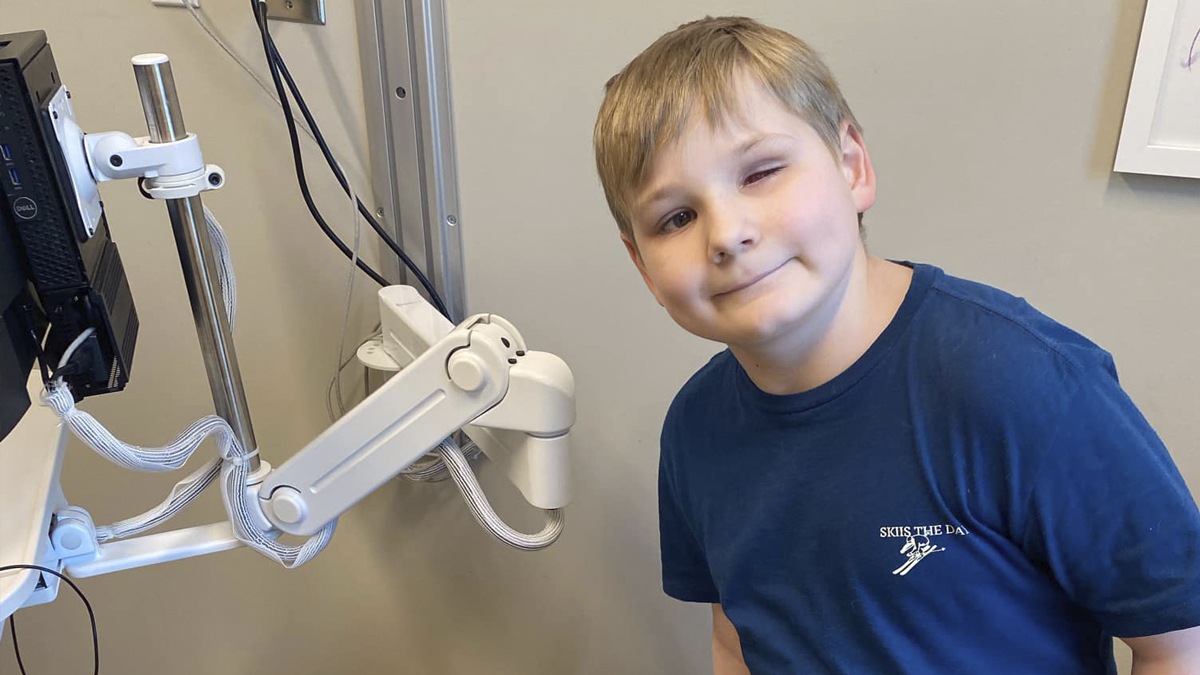Suppose you’re on a ship, plane or train or in a vehicle and suddenly have the urge to throw up for no obvious reason. Chances are you’re suffering from seasickness, airsickness, train sickness, or car sickness – but not because of anything wrong with the sea or any of these modes of transportation.
It has to do with the sense of anything that is moving you other than you – what medical researchers call motion sickness.
And while it rarely is life-threatening, motion sickness at its worst not only affects more than 110 million Americans, it can make for some unnecessary and highly unpleasant everyday living.
“The symptoms of motion sickness, like feeling nauseated and dizzy, happen because your brain gets confused by the sensation of moving while your surroundings, like the inside of your car, seem still,” said Kristin Hayes, RN, with Intermountain Health Care in Murray, Utah, in a 2023 online article for VeryWell Health.
She added that while symptoms can be mild or severe, some people are “more prone to motion sickness than others.”
“Everyone responds to motion differently,” Hayes said. “And motion symptoms can vary significantly from person to person.”
Researchers with the National Institutes of Health in Bethesda, Maryland, estimate that 1 in every 3 individuals is highly susceptible to motion sickness.
Symptoms commonly include cold sweats; nausea; salivation; excessive sweating; vomiting or retching; headaches and nausea. People have also been known to experience loss of appetite, increased sensitivity to odors, hyperventilation and even anorexia.
And in extreme cases, you might experience vertigo – the sensation that the world around you is spinning, but which is actually separate from motion sickness.
But, so far, Drs. Eve Glazier and Elizabeth Ko, specialists in internal medicine at UCLA Health in Los Angeles, said an exact cause for motion sickness has not yet been determined.
“It appears to be linked to a miscommunication between what our eyes are telling us – when we’re moving – and what is being reported by the delicate structures of the inner ear,” Dr. Glazier said. “Known as the vestibular system, this is the mechanism that controls balance.”
For example, suppose your physical body is in motion, but the ground is stationary. When you turn your head, bend down or twist around, Dr. Glazier said what you see is in sync with what your inner ear says is happening.
But if you’re in a car on a twisty road, however, the signals get mixed.
“Your eyes say your body is sitting still, but, to your inner ear, your body is in motion,” she said. “This sensory dissonance stimulates pathways in the brain that lead to the often gut-churning symptoms of motion sickness. For whatever reason, the brain has decided the body is best off purging itself, and either nausea or vomiting can be the outcomes.”
While there is no known cure yet, the Centers for Disease Control recommends a number of things you can do to keep motion sickness in check, including:
- Sit in the front of a car or bus so you can keep your eyes on a fixed point on the horizon in front of you.
- Choose a window seat on flights and trains for the same reason.
- Try lying down, shutting your eyes, sleeping or looking at the horizon.
- Stay hydrated by drinking water only.
- Eat small amounts of food frequently.
- Avoid smoking.
- Try distracting yourself with activities such as listening to music.
- Use flavored lozenges such as ginger candy.
- If none of this works to your satisfaction, Drs. Glazier and Ko advise the following:
- Use patch or oral medications to treat and prevent symptoms. Medicines can be used to prevent or treat motion sickness, although many of them cause drowsiness.
- Talk to a health care professional to see if you should take over-the-counter medicines to prevent nausea, vomiting or dizziness associated with motion sickness.
“If you choose a prescription remedy, be sure to go over the potential side effects with your pharmacist,” Dr. Ko said. “If over-the-counter meds aren’t working, consider prescription medications such as the scopolamine patch and promethazine.”
And if all of these measures fail? Then you may either have to simply live with the condition – or, in the case of carsickness, cure yourself through an unconventional method: by taking the wheel.
“It’s not known why, but having control over the car sharply reduces the risk of motion sickness,” Dr. Glazier said. “And until we know more about its causes, these are the best ways right now to keep motion sickness from happening to you.

By L. C. Leach III







